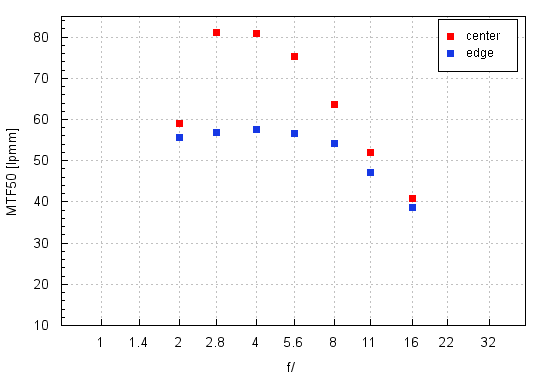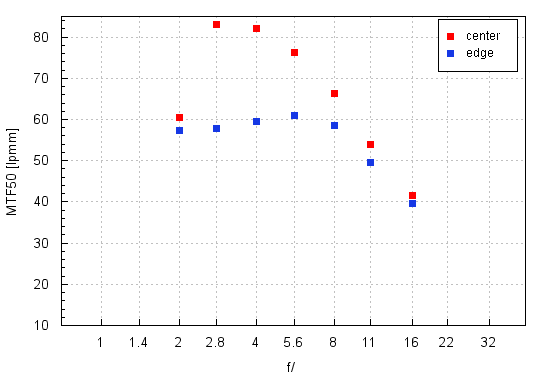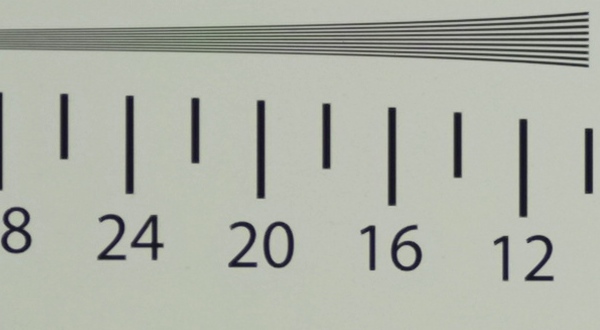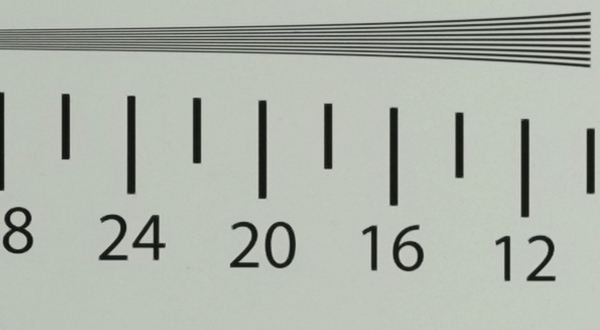Fujifilm Fujinon XF 50 mm f/2 R WR
4. Image resolution
Let’s remind here that the best fixed focal length lenses from the Fujifilm X system tested that way were able to reach 73-76 lpmm and the decency level we set near 42-43 lpmm. The record value of 78 lpmm belongs to the Fujinon XF 90 mm f/2 R LM WR.
The graph below shows MTF50 function values reached in the frame centre and on its edge depending on the aperture.
Please Support UsIf you enjoy our reviews and articles, and you want us to continue our work please, support our website by donating through PayPal. The funds are going to be used for paying our editorial team, renting servers, and equipping our testing studio; only that way we will be able to continue providing you interesting content for free. |
- - - - - - - - - - - - - - - - - - - - - - - - - - - - - - - - - - - - - - - - - - - - - - - -

One glance at the picture above and you know we are dealing with a new record-breaker. By f/2.8 and f/4.0 the lens reaches a brilliant level of 81 lpmm. What’s more, the result at the maximum relative aperture is very good too! A round of applause!
It seems the centre was the constructors’ priority and the situation on the edge of the frame shows it clearly. The lens still fares well but it’s obvious that high results in the centre are obtained at the expense of the edges. The curve is quite flat, keeping a good level near 55-58 lpmm for apertures ranging from f/2.0 to f/5.6. From f/8.0 upwards the diffraction makes itself felt so the MTFs start to decrease.
Such an approach in a portrait lens is not without merits. Often on edges of the frame there are out-of-focus areas linked to shallow depth of field. As a result, in real life photos the difference between sharpness in the centre and on edges is not that pronounced.
As we have been thinking about substituting the old X-E1 body with a much newer X-T2 for in our Fuji X lenses tests, we are very happy that during the transitory period we got such a sharp lens for testing. Its performance when attached to the X-T2 is shown below.

This time maximum MTFs reach 83 lpmm and, overall, the performance is very similar to that of the X-E, you just have to add 1-3 lpmm to the results. It is a piece of very good news - the differences between the new body and the X-E1 are slight so the old and new tests will be easy to compare.
At the end of this chapter, traditionally we present crops taken from photos of our resolution testing chart. These were taken from JPEG files saved along RAW files used for the analysis above.
| Fujifilm X-E1, JPEG, f/2.0 |
 |
| Fujifilm X-E1, JPEG, f/4.0 |
 |






